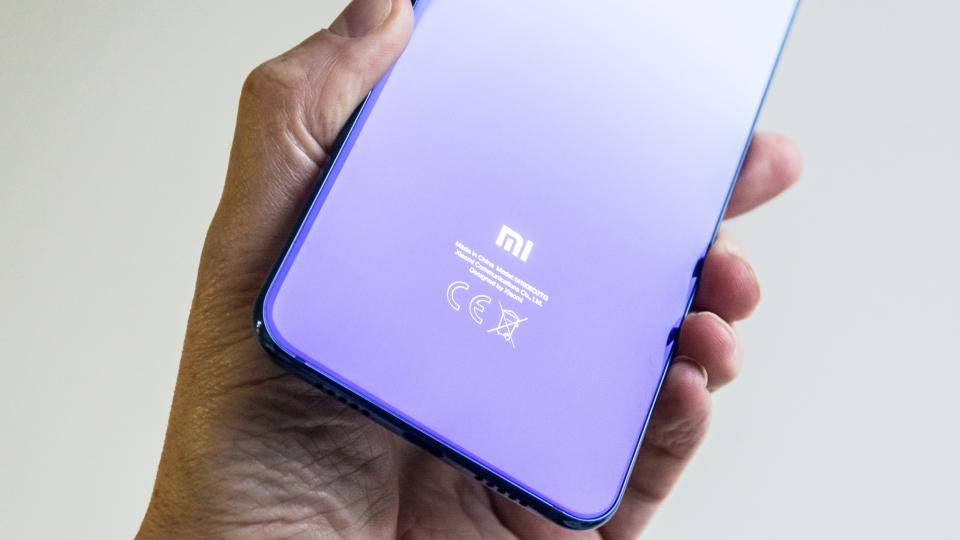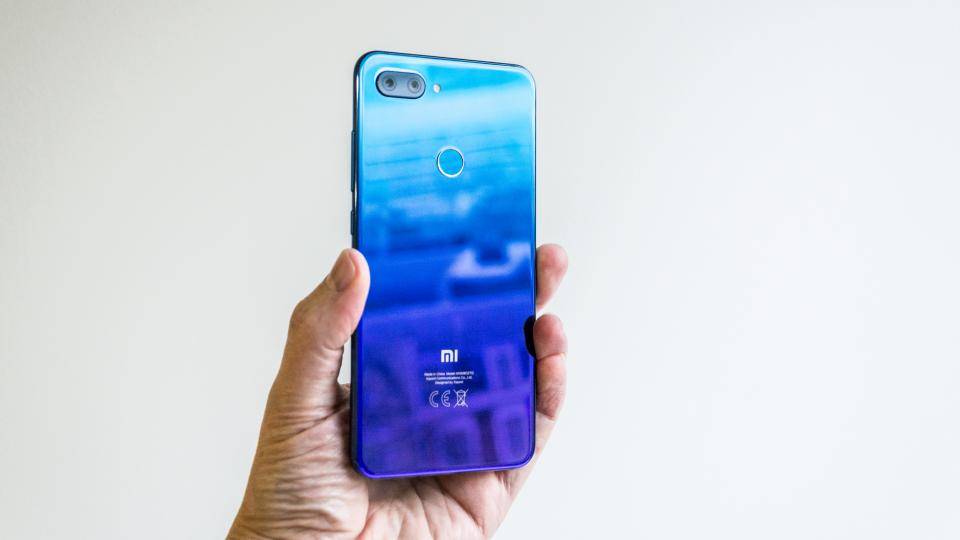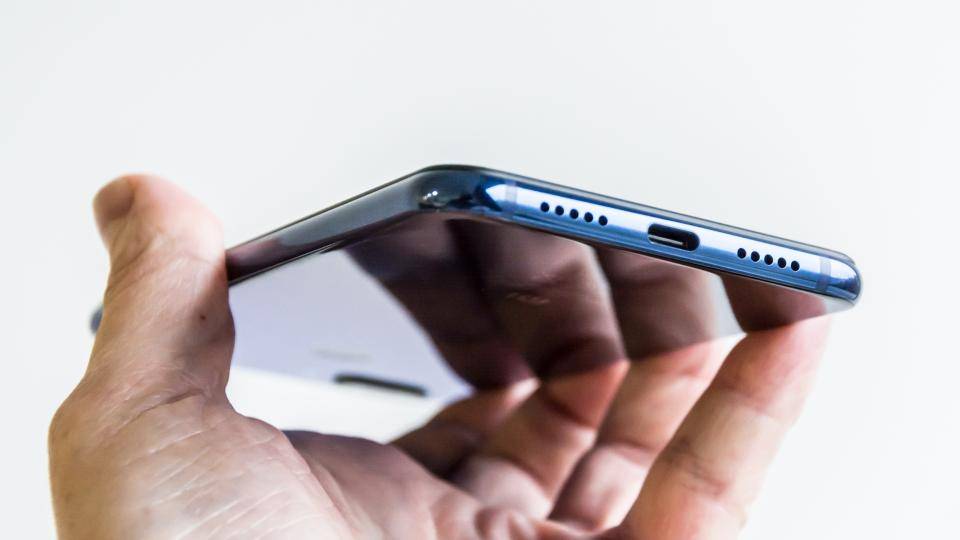Xiaomi has officially announced its arrival in the UK with the launch of a pair of phones at seriously tempting prices. The Xiaomi Mi 8 Lite is the cheaper of the pair and it comes in at a price of £259.
At that sort of money and specification, it won’t trouble the OnePlus 6T like its pricier sibling, the Xiaomi Mi 8 Pro. Instead, the Mi 8 Lite has a different reasonably priced smartphone in its sights: the Motorola Moto G6, currently king of the budget smartphones.
READ NEXT: Read our guide to the best cheap smartphones around
Xiaomi Mi 8 Lite review: Price, release date and specifications
6.26in 1,080 x 2,280 IPS display
Octa-core Qualcomm Snapdragon 660 (4 x 2.2GHz, 4 x 1.8GHz)
6GB or 8GB RAM
64GB or 128GB of storage
microSD expansion
Dual rear camera: 12MP, f/1.9; 5MP, f/2 (depth mapper)
24-megapixel front-facing camera
Android 8.1 Oreo (MiUI)
Price: £259 (64GB); £279 (128GB)
Release date: November, 2018

Xiaomi Mi 8 Lite review: Design and key features
A quick look at the specifications suggests Motorola might have something to worry about here. Inside the Xiaomi Mi 8 Lite is a 2.2GHz Qualcomm Snapdragon 660 processor, accompanied by an Adreno 512 graphics chip, 4GB or 6GB of RAM, and 64GB or 128GB of storage.
This octa-core chipset sits in the upper mid-range of Qualcomm’s lineup. It’s the sort of processor we’ve typically found in sub-premium phones like the Nokia 7 Plus and the BlackBerry Key2 in the past, so finding it in a budget phone like the Mi 8 Lite is somewhat remarkable. It’s certainly a significant upgrade on the Snapdragon 450 in the G6, as you can see from the chart below.
Despite that, Xiaomi hasn’t made cutbacks elsewhere. In particular, the Mi 8 Lite doesn’t feel or look particularly cheap. It’s finished in a rather fetching shade of blue, it’s clad in glass at both the front and rear and the whole thing looks and feels rather attractive. The glass at the front is Gorilla Glass 3, too, so it feels smooth under the finger.

Take a spin around the rest of the chassis and you’ll find plenty more to like. There’s a fingerprint reader mounted centrally on the rear. The charging port is USB Type-C and, just like many more expensive rivals, Xiaomi has omitted the 3.5mm headphone jack.
Flip it over and power it on and it continues to impress. The display measures a huge 6.26in across the diagonal and fills most of the front of the phone, with minimal bezels at the top and bottom. It’s IPS rather than AMOLED, but who’s complaining at this price?
You also get a dual-camera setup at the rear, with the primary camera capturing 12-megapixel images with an aperture of f/1.9 and the secondary at five megapixels with an aperture of f/2.0.

The only thing that gives away the fact you haven’t stumped up close to £500 on the thing is that the second camera isn’t a 2x telephoto camera like you get on the Xiaomi Mi 8 Pro. Instead, it’s used only for depth mapping – adding extra data to photographs so you can blur out the background more effectively. Oh, and there’s no 4K recording; the best you get is 1080p at 30fps.
And, yes, there are other, non-visible, compromises. That should come as no surprise at this price, but some of the omissions are a little odd. There’s no form of rating for dust or water resistance, for instance, and most significantly no microSD expansion or NFC, so you won’t be able to pay with Google Pay with your phone at contactless terminals.
Another turn-off is the presence of MiUI, Xiaomi’s rather overbearing launcher software. It sits here on top of Android 8 Oreo and I’m really not a fan. Like Huawei’s EMUI, MiUI dumps the Android App Drawer in favour of dropping all of your app icons directly on the desktop. Unlike EMUI, however, it’s not possible to reinstate this in the phone’s settings. If you want to do that, and replace Xiaomi’s candy-coloured redesigned icon set, you’ll have to download a third-party launcher such as Nova.
Xiaomi Mi 8 Lite review: Early verdict
Ignoring the shortcomings for the moment, though, and concentrating on the price, it’s clear that the Xiaomi Mi 8 Lite is a serious contender for the Motorola Moto G6’s crown as best budget smartphone.
We know it will be faster than the Moto. The big questions are whether the camera is any good and how long the battery will last in everyday use. If it can match or beat the G6 on both counts – and the latter shouldn’t be too hard to do – we’ll have a new king of budget smartphones on our hands.
